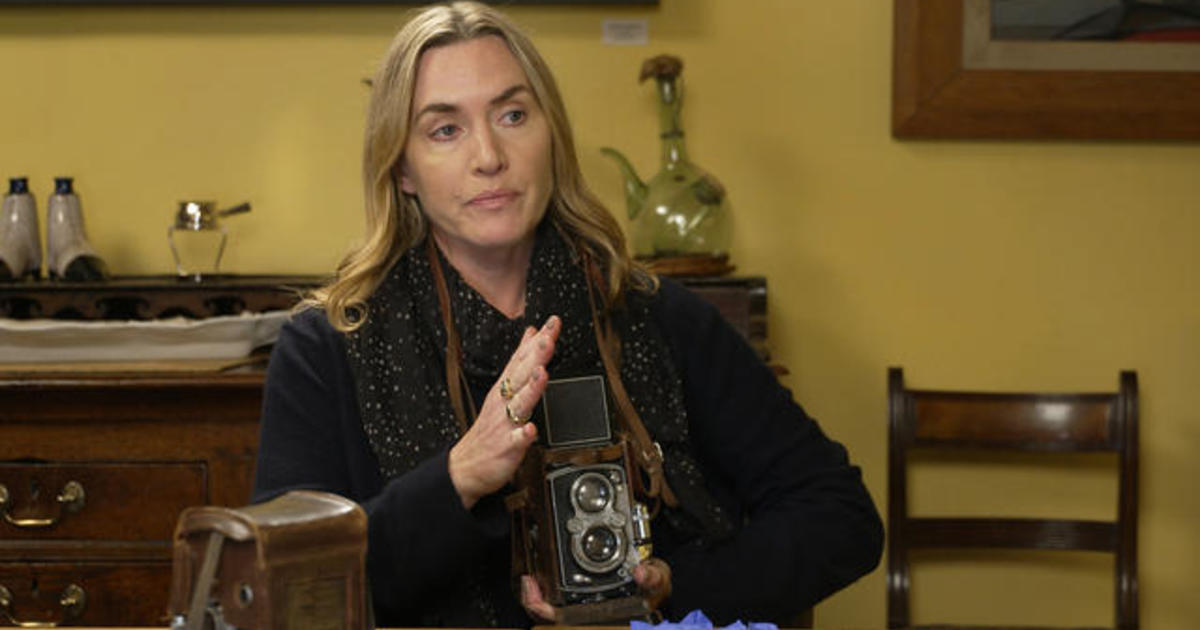Introduction
In the realm of cinema, the convergence of performance and artistic expression often leads to innovative storytelling techniques that elevate the narrative. Kate Winslet’s latest film, “Lee,” showcases this intersection beautifully, as she not only embodies the role of artist Lee Miller but also utilizes a Rolleiflex camera to deepen her portrayal. This unique choice allows Winslet to explore Miller’s complex character and the broader themes of art, identity, and the power of perspective. This article delves into Winslet’s artistic journey, the significance of the Rolleiflex camera in the film, and the implications of her dual role as actress and photographer.
The Essence of Lee Miller
Lee Miller was a trailblazing figure in the world of photography and art, known for her striking images that documented the tumultuous times of the early to mid-20th century. As a model, war correspondent, and photographer, Miller’s life was marked by her rebellious spirit and artistic vision. In “Lee,” Winslet captures not only Miller’s external attributes but also her internal struggles and triumphs.
By engaging with the Rolleiflex camera, a medium synonymous with artistic authenticity, Winslet immerses herself in the character’s world. This vintage camera, with its unique twin-lens reflex design, allows for a specific perspective that mirrors Miller’s own approach to capturing the world around her. The act of photographing becomes a significant narrative device, reflecting Miller’s quest for identity and her attempts to control the lens through which she is viewed.
The Rolleiflex: A Symbol of Artistic Authenticity
The Rolleiflex camera, introduced in the 1920s, has long been revered among photographers for its ability to produce high-quality images with a distinct aesthetic. Its dual lenses provide a unique viewing perspective, which can create a sense of intimacy and immediacy. In “Lee,” the camera serves as more than just a prop; it embodies the artistic spirit of Miller and symbolizes the complex relationship between the subject and the artist.
Winslet’s use of the Rolleiflex during filming allows her to channel Miller’s creative energy effectively. By capturing moments on set, she creates a bridge between her character and the audience, inviting viewers to experience the world through Miller’s eyes. This not only enhances the authenticity of her performance but also deepens the film’s narrative, as the act of photography becomes an integral part of the storytelling process.
The Impact of Photography on Storytelling
Photography has a profound impact on storytelling, particularly in film, where visual imagery plays a crucial role in shaping narratives. In “Lee,” the incorporation of Winslet’s photography allows for a multi-layered exploration of themes such as:
- Identity: The struggle for self-definition is a central theme in Miller’s life and work. Through the lens of the Rolleiflex, Winslet embodies this struggle, capturing the essence of a woman who defied societal norms.
- Artistic Expression: By portraying Miller’s process as a photographer, Winslet highlights the interplay between art and life. The film emphasizes how Miller’s experiences influenced her art, creating a dialogue between her personal journey and her professional accomplishments.
- Historical Context: The backdrop of World War II serves as a critical context for Miller’s work. Winslet’s portrayal, alongside her photographic endeavors, provides insight into how art can reflect and respond to historical events.
The Dual Role of Actress and Photographer
Winslet’s dual role in “Lee” as both actress and photographer presents an interesting dynamic that enriches the film. This multifaceted approach allows her to explore the character of Lee Miller from different angles, creating a more nuanced portrayal. The integration of photography into her process not only serves as a tool for character development but also as a means of self-expression for Winslet herself.
Moreover, this artistic choice resonates with the contemporary trend of actors becoming more involved in the creative aspects of filmmaking. Many actors today seek to expand their roles beyond performance, aspiring to contribute to the direction, writing, and even cinematography of their projects. Winslet’s engagement with the Rolleiflex exemplifies this shift, showcasing her commitment to authenticity and artistic integrity.
Broader Implications for the Film Industry
The decision to incorporate a historical artistic medium like the Rolleiflex into a modern film raises important questions about the relationship between art and cinema. As filmmakers increasingly strive to create authentic representations of historical figures, the tools and techniques used to portray their stories become vital. Winslet’s artistic journey in “Lee” reflects a broader trend in filmmaking that values:
- Authenticity: The use of real artistic tools and techniques lends credibility to the portrayal of historical figures, allowing audiences to connect with their stories on a deeper level.
- Interdisciplinary Collaboration: The blending of different art forms—cinema, photography, and performance—fosters a more holistic approach to storytelling, enriching the viewer’s experience.
- Empowerment of Artists: By showcasing the artistic processes of historical figures, films like “Lee” empower contemporary artists, encouraging a dialogue about the relevance of their work in today’s society.
Conclusion
Kate Winslet’s artistic journey with the Rolleiflex in “Lee” is a testament to the power of storytelling through multiple lenses—both literal and metaphorical. By embracing the duality of her role as actress and photographer, Winslet not only honors Lee Miller’s legacy but also invites audiences to explore the complexities of identity, art, and history. The film serves as a reminder of the profound impact that art can have on our understanding of the human experience, encouraging a deeper appreciation for the narratives that shape our world.
As cinema continues to evolve, the integration of artistic mediums like photography will undoubtedly play a significant role in how stories are told, offering new perspectives and enriching the cinematic landscape.
For more insights into the intersection of art and film, visit Artsy.
To explore more about Kate Winslet’s career, check out her detailed profile here.
See more CNET Live

